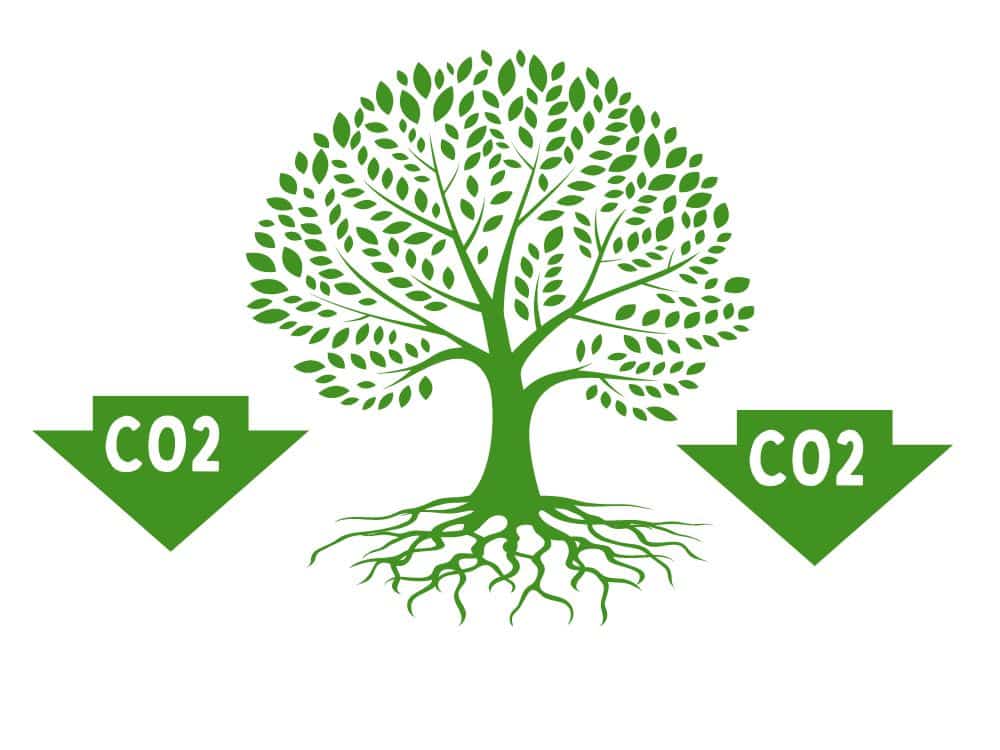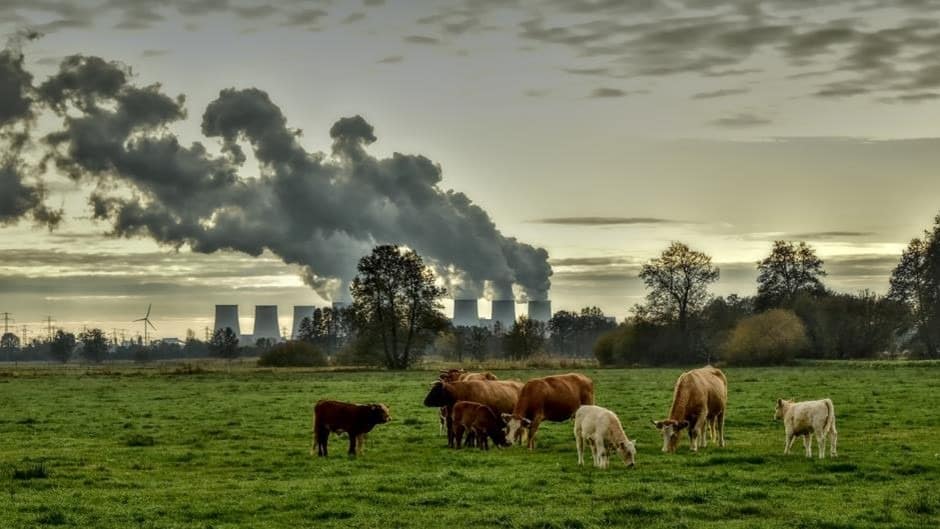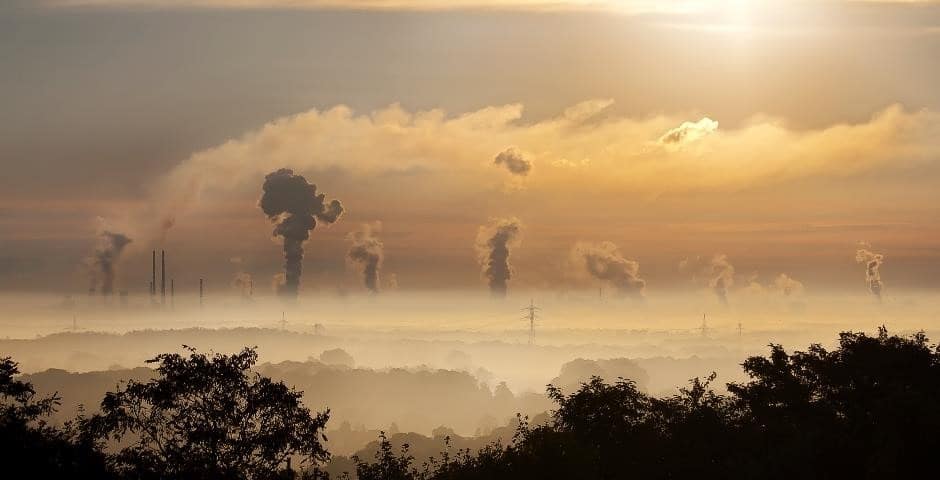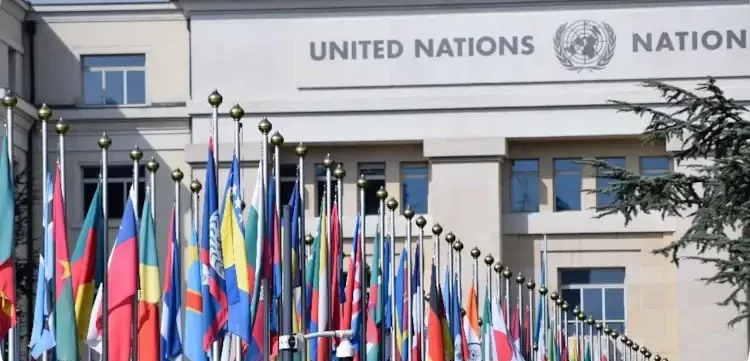Carbon Sequestration and its Essential Role to Overcome Climate Change
In the face of escalating climate change, carbon sequestration, capture and storage stand as key components of global efforts to counteract atmospheric carbon dioxide (CO2).
There is no doubt that concerted efforts to reduce emissions must continue, but sequestration methods certainly have the potential to help shield us from the most devastating impacts of climate change.
So what do we mean by carbon sequestration, storage and capture? How does it work, what forms does it take? Here we’ll answer these questions and shed light on just how significant it will be.

Understanding Carbon Sequestration: The Core Concept
Carbon sequestration is the process of capturing and storing carbon for the long term, thereby preventing excessive carbon dioxide from entering the atmosphere.
The primary objective is to curb the release of this major greenhouse gas, ultimately mitigating the impacts of climate change. It is a common strategic feature of Carbon Net Zero plans, being used to offset ongoing emissions until they are be prevented.
This multifaceted approach involves a range of natural and technological methods, each contributing to the overarching goal of drastically reducing greenhouse gas concentrations.

Natural Sequestration: Harnessing Nature
Nature serves as an incredibly effective carbon sequestration agent, through various means. Forests, for example, act as significant carbon sinks by absorbing CO2 during photosynthesis.
Trees convert carbon dioxide into oxygen, releasing it back into the atmosphere while storing carbon in their biomass. Similarly, oceans play a crucial role in sequestering carbon through the natural dissolution of CO2 into seawater.

These natural processes has been playing out for millions of years. However, human activities are disrupting nature, leading to the need for strategic intervention.
Terrestrial Sequestration: Maximizing Land-Based Solutions
The majority of current human action focuses on opportunities to repair and enhance land based sequestration. This utilizes the carbon storage capacity of soils and vegetation.
Afforestation and reforestation, the planting trees on barren land or restoring deforested areas, is most common. It is a relatively simple and measurable way to increase carbon absorption.

Sustainable agricultural practices, such as cover cropping and agroforestry, also play a crucial role in enhancing soil carbon content, promoting carbon sequestration in agricultural landscapes.
Oceanic Sequestration: Unlocking the Depths of Carbon Absorption
Oceans play a critical role in the global carbon cycle. Key marine organisms, particularly phytoplankton, absorb carbon dioxide through photosynthesis. When these organisms die, they sink to the ocean floor, effectively sequestering carbon in deep-sea sediments.
It has been proposed to artificially ‘feed’ phytoplankton growth. This theoretically enhances the level of sequestration occurring.

At the coastal margins, restoration of salt marsh and kelp habitats are anticipated to prove highly effective at absorbing carbon. Quantifying their likely impact to a verifiable standard is though a challenging exercise.
Technological Sequestration: Innovations Driving Change
Technological solutions, exemplified by Carbon Capture and Storage (CCS), involves the artificial capturing CO2 emissions from industrial sources using chemical reactions. The gas, once captured must then be stored.
The primary storage route proposed is to compress and injecting it into underground geological formations for long-term storage. Potential storage sites include depleted oil and gas fields, saline aquifers, and deep geological formations.
Some governments and industries hold such technological innovation up as a key contributor in future emissions reduction. The UK government for example has committed £20bn towards development of the CCS industry.

The Significance of Sequestration: Buying Time
The urgency to address climate change makes carbon sequestration an integral component of global mitigation strategies.
Locking up carbon dioxide that would otherwise be left in our atmosphere helps stabilize and reduce overall greenhouse gas concentrations. This, in turn, mitigates the adverse effects of climate change, such as rising temperatures, extreme weather events, and sea-level rise, securing a more sustainable future.
In essence, sequestration buys the planet time whilst we progress towards zero carbon economies.

Challenges and Considerations: Navigating the Road Ahead
While carbon sequestration holds immense potential, it is not without challenges.
Technological solutions, particularly CCS, face economic and scalability barriers that necessitate substantial investment and infrastructure development.

Ensuring the permanence of carbon storage is also a critical consideration. Any leaks or accidental releases could compromise the intended benefits of these strategies.
The Role of Policy and Innovation In Progress
To unlock the full potential of carbon sequestration, a cohesive combination of policy frameworks and technological innovation is essential.
Governments and international bodies must implement supportive policies, such as carbon pricing and incentives for carbon sequestration projects. Simultaneously, research and development efforts must focus on advancing cost-effectiveness and scalability.

Carbon Sequestration: Essential For Our Future
Carbon sequestration is emerging as a multifaceted and indispensable strategy in addressing the global challenge of climate change. By leveraging both natural and technological processes, humanity can actively contribute to reducing carbon dioxide levels and mitigating the impacts of a changing climate.
Recognizing the significance of carbon sequestration, fostering international collaboration, and embracing innovative solutions are pivotal steps to ensure a sustainable future.

As we navigate these challenges, and sequestration grows into its potential, we must though not forgot that it is part of the solution, not the solution. It is in a sense a treatment, not the cure. Action to eliminate emissions, before sequestration is needed, must continue.







